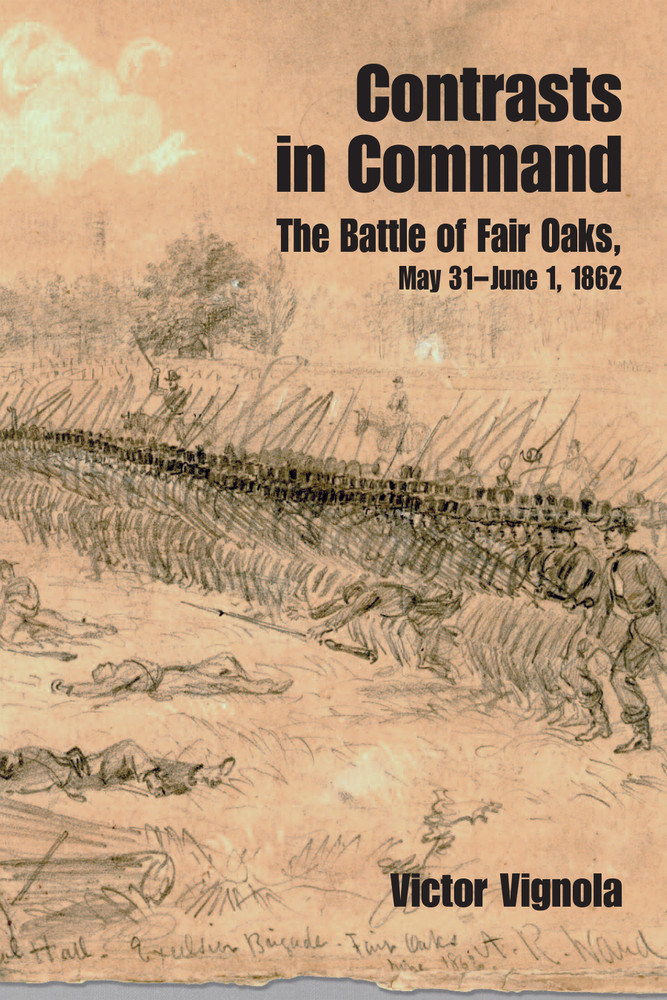Published in 2023, An Ornament to His Country: The Life and Military Career of Benjamin Franklin Davis, is a biography of the man perhaps best known for leading the breakout of his cavalry from Harper’s Ferry on the eve of the Battle of Antietam. The author discusses her project below:
—————
BR: Can you tell us a little bit about yourself?
SAM: I am a native Idahoan, with degrees in history and mining engineering from the University of Idaho. While completing graduate work I wrote two theses, The Marshall Lake Mines: Their History and Development (1979) and A Preliminary Economic Evaluation of the Golden Anchor Mine (1984). I have also had at least eight articles on Idaho mining history published in magazines including the International California Mining Journal and Idaho Yesterday. I worked in both surface and underground precious metal mines and spent almost 20 years managing leasing and mined land reclamation programs for the Idaho Department of Lands before retiring in 2009. In 2010 I moved east to volunteer at Antietam National Battlefield. Four years later I became a national park service certified battlefield guide at Antietam.
BR: What got you interested in the Civil War?
SAM: I became interested in the Civil War in college and began studying the war in earnest and traveling to battlefields in 2003. I initially focused on the Western Theatre but after moving east concentrated on the Eastern Theatre. I have always been interested in the life histories and careers of the men who fought in the war.
BR: So, why Grimes Davis?
SAM: I first became interested in Grimes Davis while researching a program I offered to present for a summer lecture series in Sharpsburg, Maryland about the exodus of the cavalry from Harpers Ferry on September 14, 1862. Davis appeared to have been one of the most significant figures in the drama but there was minimal information about him in published source, so I started digging. With perseverance, hard work, and encouragement from the late Ted Alexander I finally dredged up enough information about him, predominately from primary sources, to write his biography.
BR: I think the easiest way to begin discussing your new book is to start with the title: “An Ornament to His Country.“ What’s the story behind that?
SAM: When Davis was seeking an appointment to the United State Military Academy in 1849 his friends and supporters referred to him as having the potential to be “An Ornament to His Country.” In June 1863 when his commanding officer Brigadier General John Buford, mentioned his mortal wounding at Brandy Station, Buford noted in his official report Davis was “An Ornament to His Country” and “a bright star in his profession.”
BR: So, who was Benjamin Franklin Davis, and why is he called “Grimes”?
SAM: Benjamin Franklin Davis, who was born in Alabama in 1831, and raised in Louisiana and Mississippi, was a Mexican War veteran at age 16, a West Point graduate (1854) and a career United States Army officer, who served with distinction in the First U.S. Dragoons (renamed the First U. S. Cavalry in August 1861), the First California Volunteer Cavalry Battalion and the Eighth New York Volunteer Cavalry. He was mortally wounded soon after leading the brigade he commanded across the Rappahannock at Beverley’s Ford at dawn on June 9, 1863, during the opening hours of the Battle of Brandy Station. He is buried at the West Point Cemetery. He was nicknamed “Grimes” or “Old Grimes” by fellow cadets at West Point (1850-1854). I have been unable to ascertain where the nickname came from, however.
BR: What were the most surprising things you turned up during the process? Did anything conflict with or confirm your preconceived notions? What were the major stumbling blocks you had to overcome?
SAM: I was surprised and delighted to find the names of his parents and various maternal relatives, his birth date, and that he had five younger brothers and two younger half-brothers. Three of his younger brothers served with Mississippi infantry regiments in the Civil War. Two of them were regimental color bearers. One brother, who was wounded twice and captured twice, was the only one to survive the war. I was also surprised to find out that he was one of four Captains of Cadets at West Point in 1854 (his firstie year), and how highly he was regarded by superior officers, those under his command, and fellow officers who served with him during the Civil War. I did not really have any preconceived notions about Davis because there was such little information about him in published sources that it was impossible to form an opinion. When I started the research, I never thought I would find enough material about his life and career to write a short article let alone a book. One thing led to another and after going down a lot of rabbit holes and verifying information from some sources for accuracy I was finally able to piece together his life story. It is a story worth telling of a very accomplished, courageous, gallant, gentlemanly young American who deserves to be remembered.
BR: Can you describe your research and writing process? What online and brick and mortar sources did you rely on most? How did technology, the easier availability of source materials like newspapers and digitized archives, affect how you went about it?
SAM: I completed the majority of the research before I commenced writing the book however I would periodically continue my research while writing as additional resources are often posted to online sites. Once I started writing I focused on describing Davis’s life chronologically from birth until his untimely death. When I found new material, I would weave it into the narrative where appropriate. Most of the research was done online. Digitized archives, books, family trees, and records available predominately on Google Books, Ancestry.com, Fold3.com and Newspapers.com were invaluable as were digitized records from the United States Military Academy Library and the National Archives. Staff at the West Point Library were kind enough to email me several sets of records specific to Davis’s time at the academy and his burial. The book probably never would have been written without the information that is available online with the click of a mouse because there is too little information available in brick and mortar sources.
BR: How has the book been received?
SAM: The book has been well received by those who have purchased it either from me or from online sources. It is now available at the bookstore at Antietam National Battlefield and hopefully will soon be available at Harpers Ferry National Historical Park.
BR: What’s next for you?
SAM: I am working on updating the draft of a book I completed many years ago but never published about the history of dredge mining in Idaho. I might also work on a biography of another distinguished cavalry officer Thomas Casimer Devin.




















Recent Comments